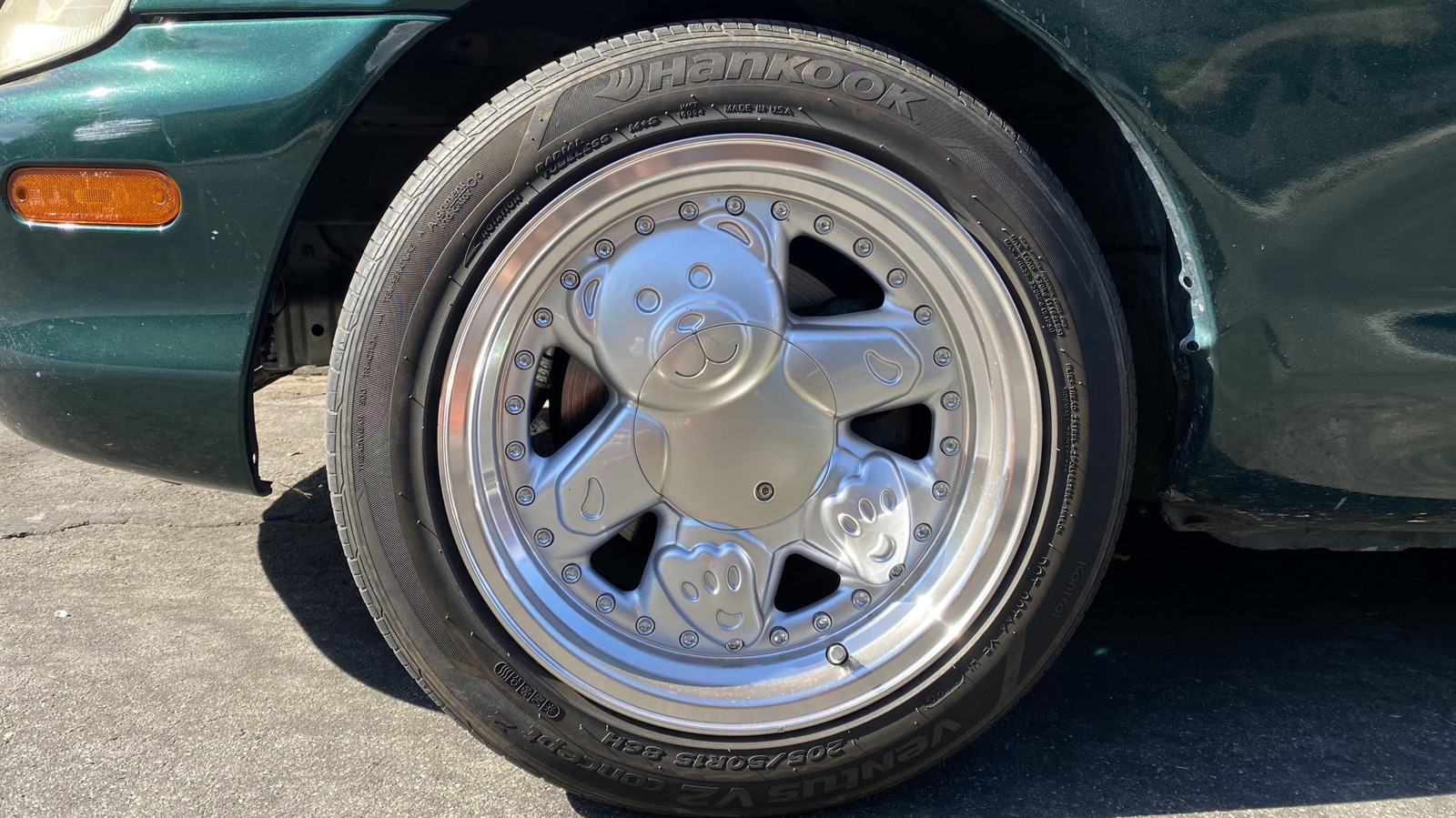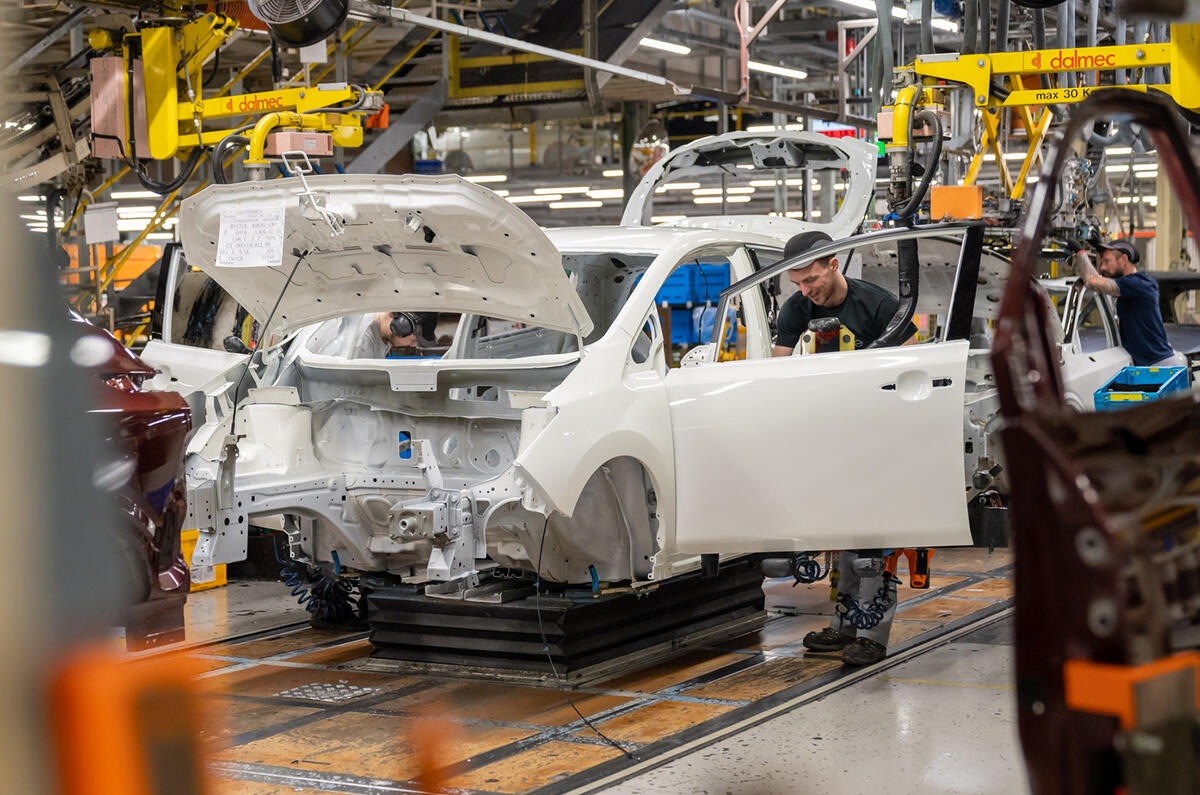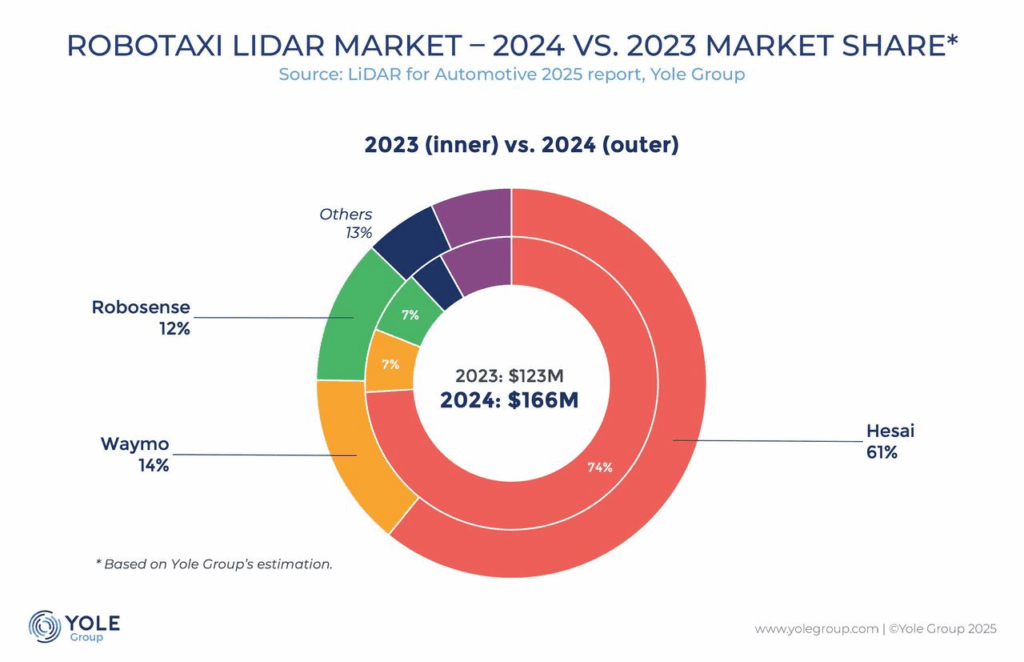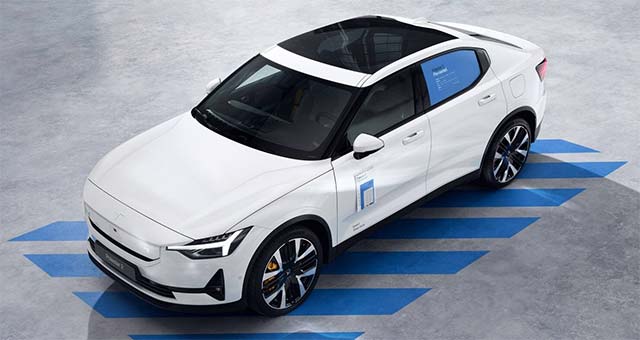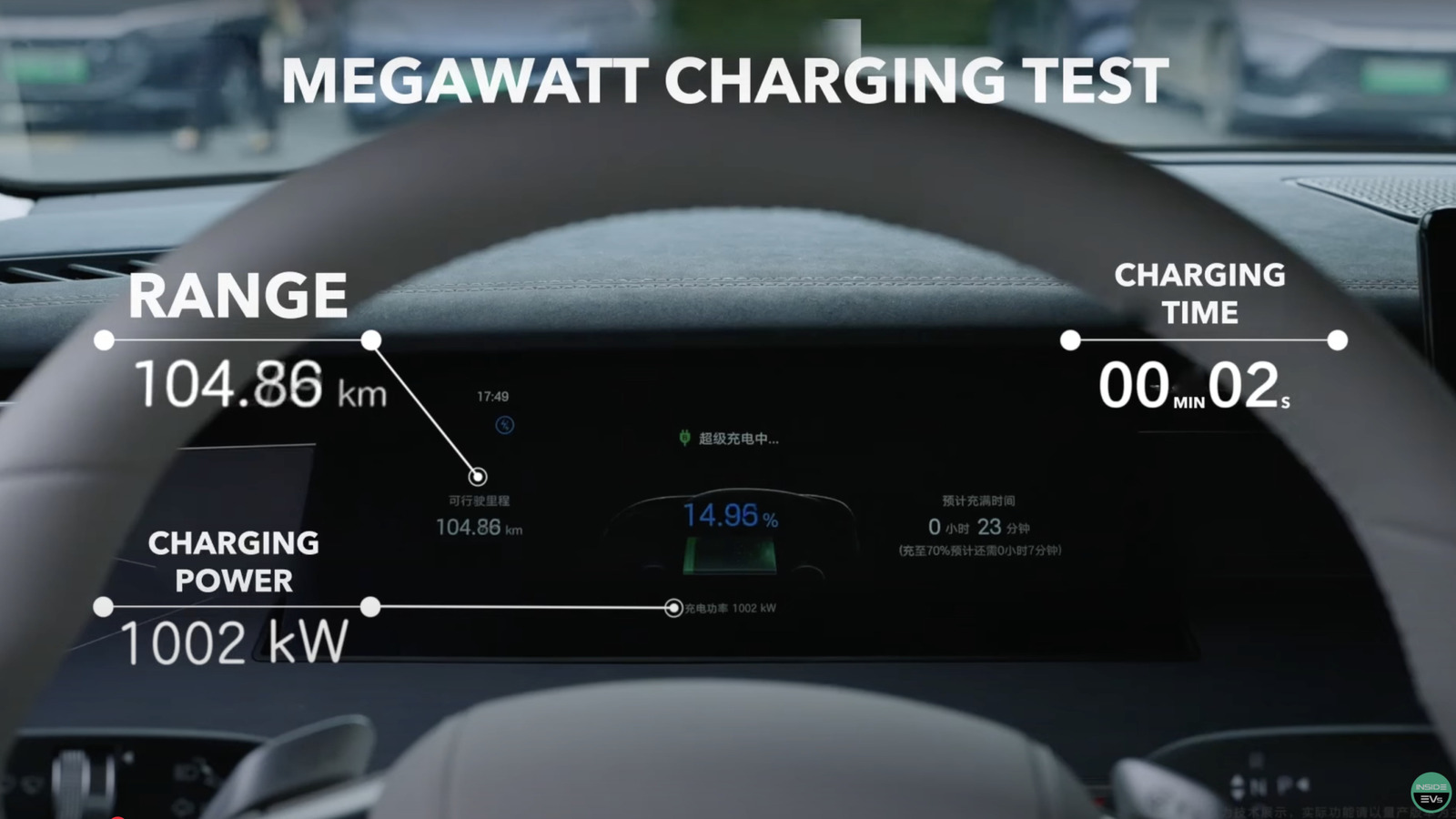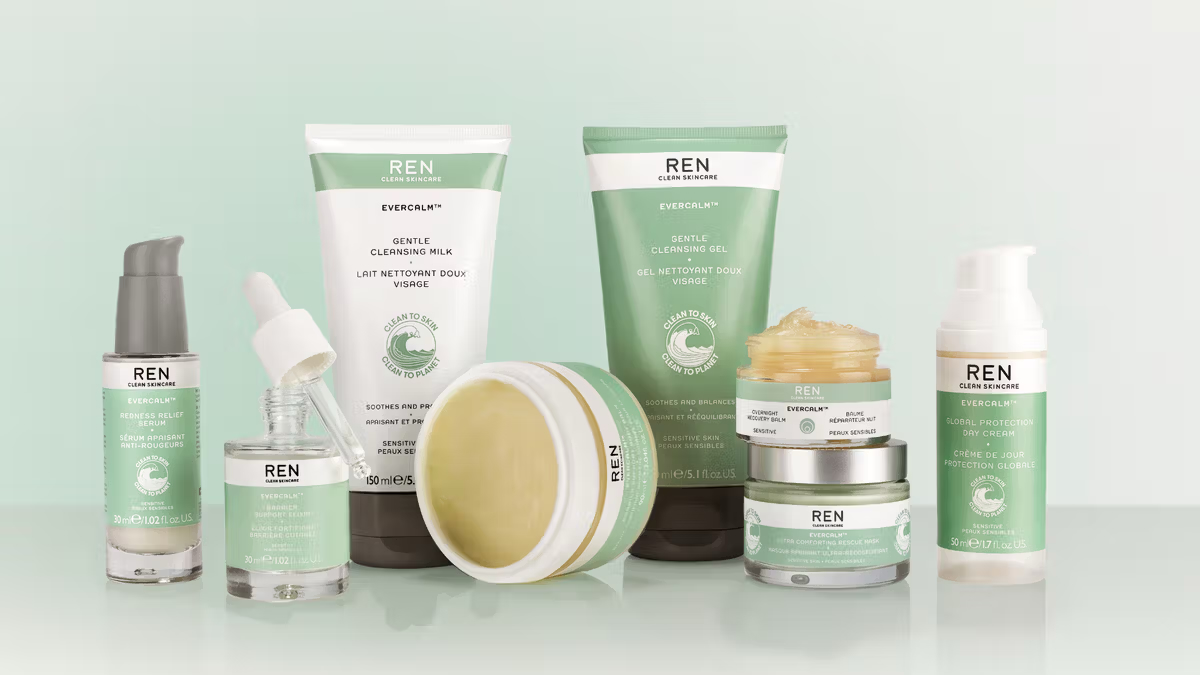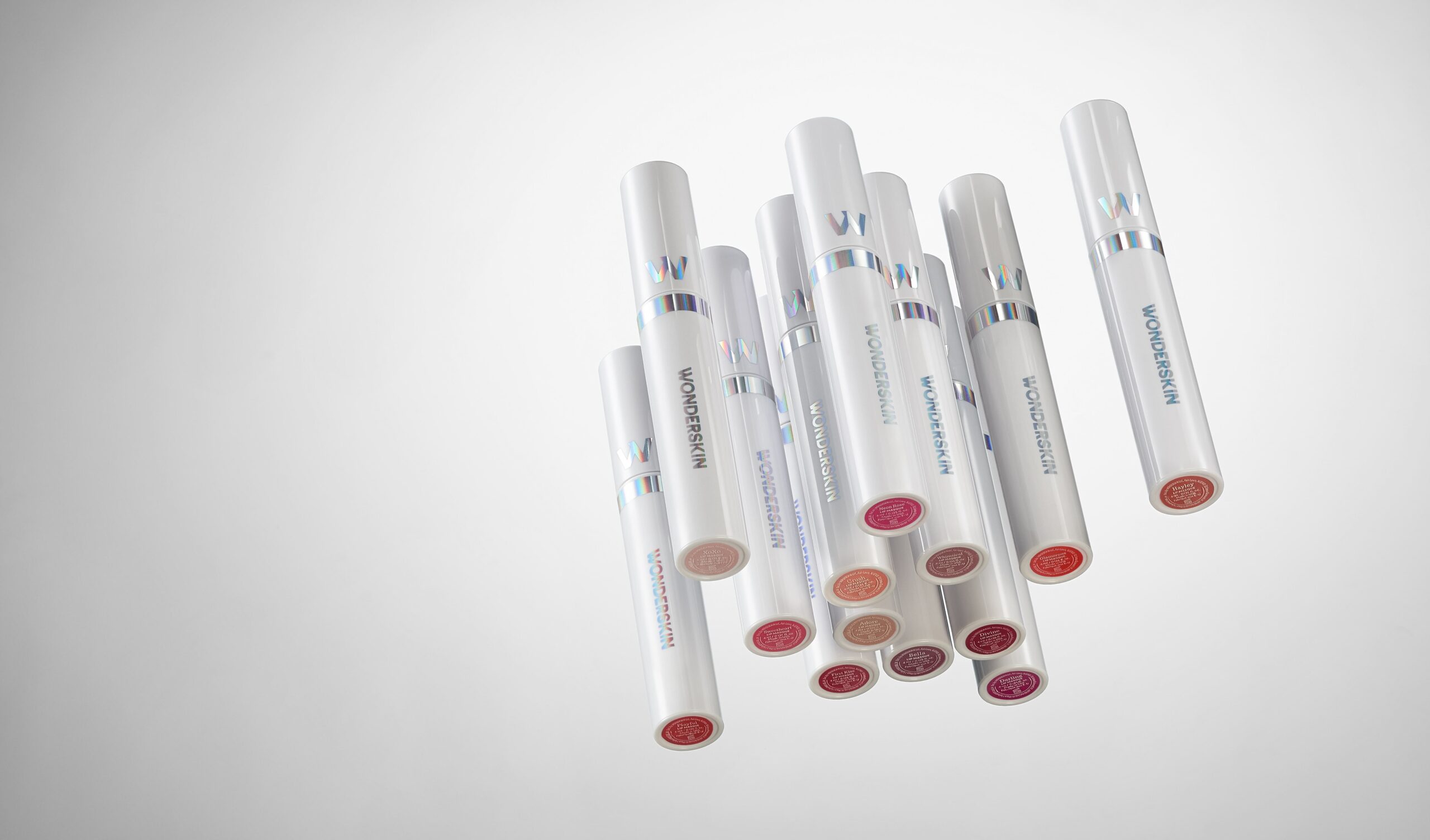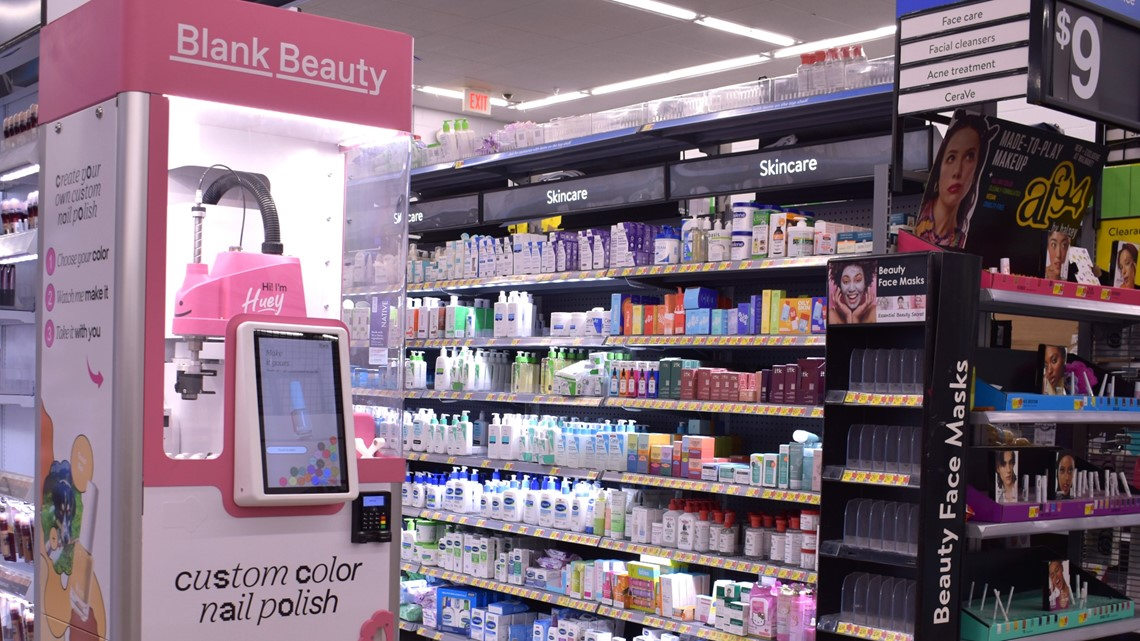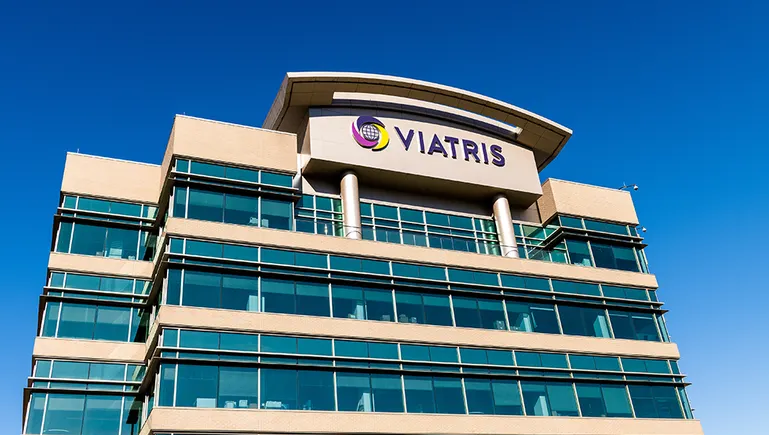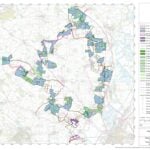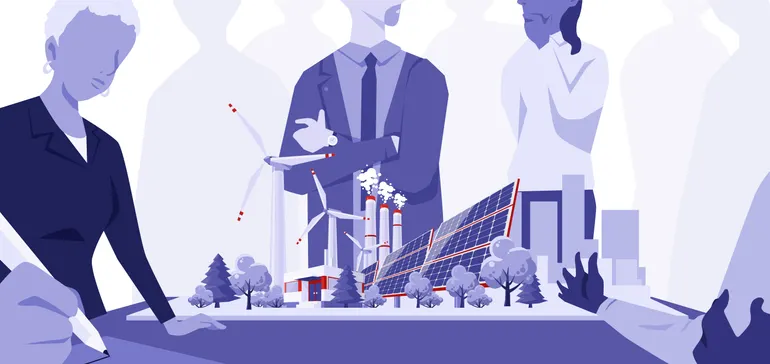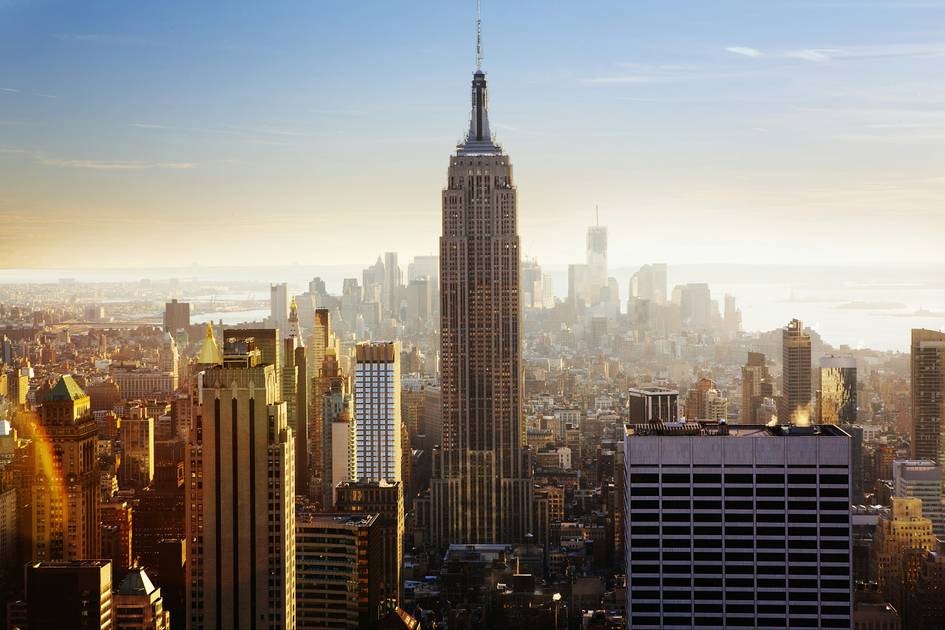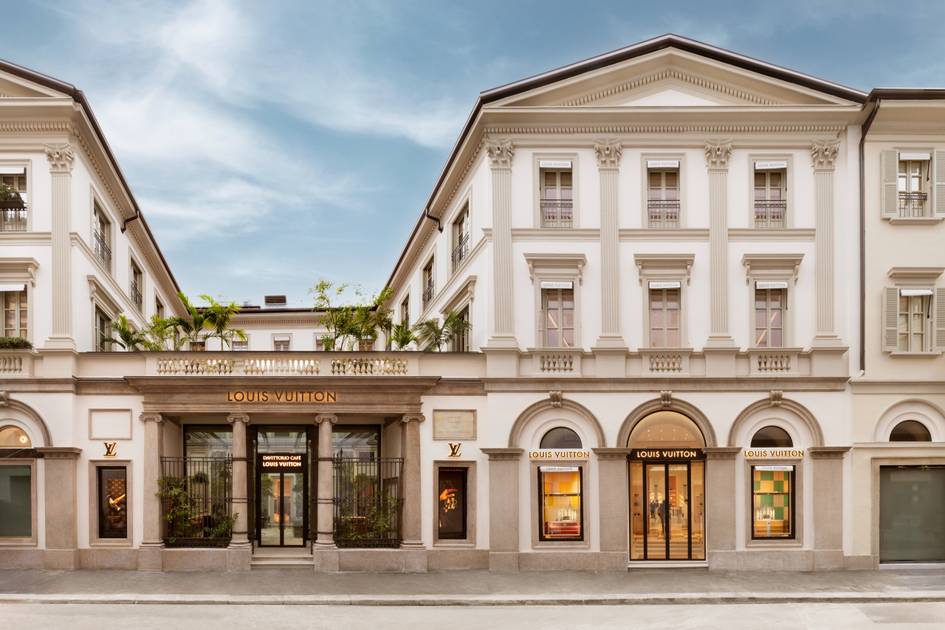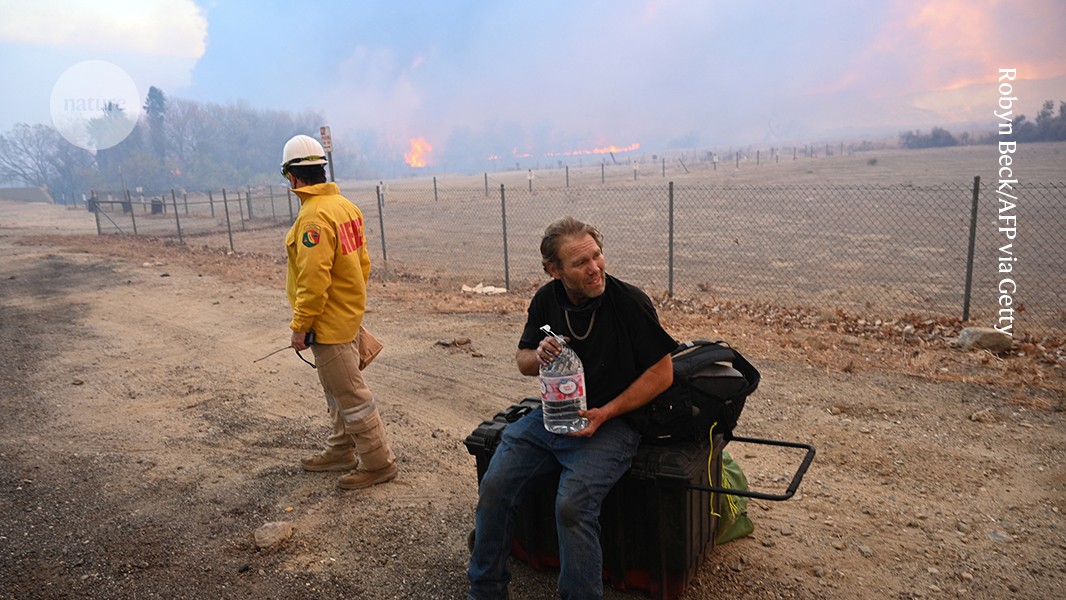Alohas Boosts its Physical Expansion from New York to Amsterdam: ‘Stores Reinforce Trust and Emotional Connection with Customer’
INTERVIEW WITH THE CEO We interviewed Alejandro Porras Martorell, chief executive officer of Alohas. Credits: Alohas. After opening its first brick and mortar store in New York, Spanish firm Alohas continues to reinforce its omnichannel strategy with the opening of its first store in the Netherlands. This new opening marks a key step in the brand’s European expansion. It already has points of sale in Spain, Italy and France. With an already established customer community in the country, thanks to its online and wholesale channels, the brand has decided to establish itself in the heart of Amsterdam to further strengthen its connection with the local consumer. The new 115 square metre establishment is located in Runstraat, one of the iconic streets of the “Negen Straatjes” shopping district, in the heart of the capital. Founded in 2015 by Alejandro Porras Martorell, Alohas was born as a footwear proposal inspired by traditional Menorcan avarcas, after a stay in Hawaii. Since then, it has evolved into a global fashion brand, with footwear and clothing collections designed in Barcelona and produced mainly in Spain and Portugal. Its business model, initially defined as “sustainable fast fashion”, has given way to the concept of Timeless fashion, based on an on demand production system that prioritises efficiency and responsibility. To mark this opening, we spoke with Porras Martorell about the role that the Netherlands plays in the brand’s international strategy, the balance between expansion and loyalty in key cities, and how the physical channel becomes a natural extension of its digital offering. Alohas store in Amsterdam. Credits: Alohas. What motivated you to enter the Dutch market and how do you assess its potential compared to other European markets? We decided to enter the Dutch market because it is one of the countries where we already had a significant volume of online sales. This clearly indicated a strong demand for our products. We believe that the Netherlands has great potential due to its demanding consumer, who loves contemporary design and is open to new concepts such as our on demand model. Compared to other European markets, we consider it to be a key market to strengthen our physical presence and continue to grow in northern Europe. What other markets are currently on your radar? New York - last week we opened our first store in the city located at 260 Elizabeth St, in the Nolita neighbourhood, near Soho, a step that has meant crossing the ocean for the first time - and we have London, Los Angeles and Berlin on the radar as a priority. We are also evaluating some secondary cities in the US. What is the brand’s expansion strategy? We are committed to a combined strategy. On the one hand, we are looking for breadth by expanding into new geographies, especially in the main international fashion cities such as New York, London, Los Angeles and Berlin, where we want to position ourselves with brick and mortar stores and a relevant presence. At the same time, we continue to focus on growing in depth, increasing loyalty and reinforcing our presence in those metropolises where we already see strong traction and consolidated potential. Alohas store in Amsterdam. Credits: Alohas. What does the physical channel bring to your strategy that the online channel does not, especially considering your on demand model? The physical channel allows us to offer a more complete and tangible brand experience. Brick and mortar stores reinforce confidence, improve the emotional connection with the customer and allow us to educate about the on demand model in a more direct and close way. In addition, they function as key spaces to attract new customers and complement the digital experience, enhancing omnichannel loyalty. What objectives have you set for your brick and mortar stores? Our main objective is for the brick and mortar stores to become key points of connection with the brand: spaces that not only generate sales, but also drive the acquisition of new customers, increase loyalty and reinforce our local presence. We want each store to be profitable, but above all to function as an engine for omnichannel growth in strategic cities. For this reason, the experience that the customer has in the store is very important. Beyond going to see our products, it is an opportunity for us to explain the on demand system to them, as well as for them to learn about the origins, values and objectives of the brand. Rife Sheen Cream vegan sneakers. Credits: Alohas. How do you design a shopping experience that justifies the waiting time? The most important thing is that we offer unique products, experiences and stories that connect with the customer from the first moment. We design each piece with intention, taking care of every detail so that the customer feels that it is worth the wait. The on demand model thus becomes part of the value: it is not just a purchase, it is a conscious decision for someth
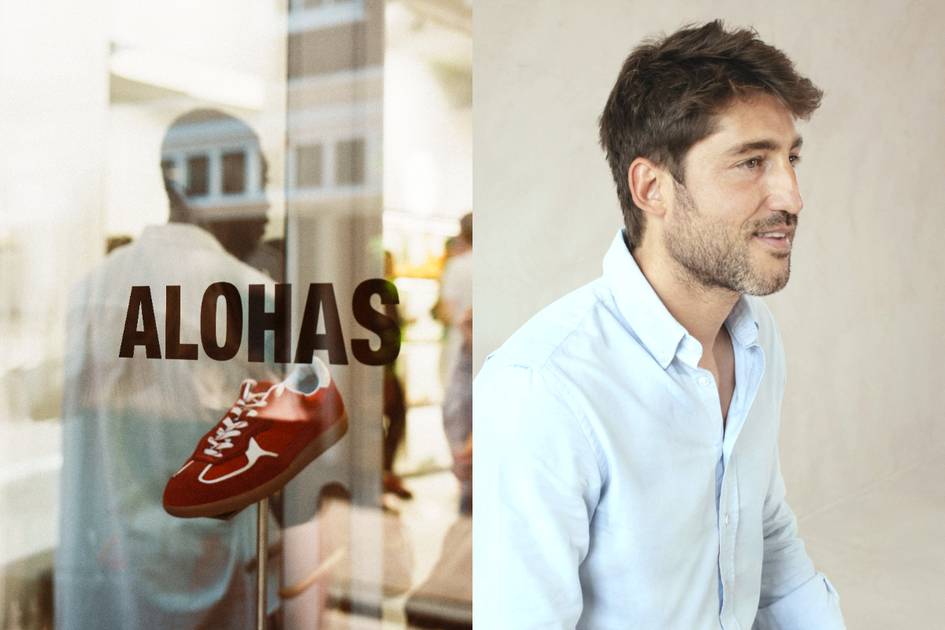
INTERVIEW WITH THE CEO
After opening its first brick and mortar store in New York, Spanish firm Alohas continues to reinforce its omnichannel strategy with the opening of its first store in the Netherlands. This new opening marks a key step in the brand’s European expansion. It already has points of sale in Spain, Italy and France.
With an already established customer community in the country, thanks to its online and wholesale channels, the brand has decided to establish itself in the heart of Amsterdam to further strengthen its connection with the local consumer. The new 115 square metre establishment is located in Runstraat, one of the iconic streets of the “Negen Straatjes” shopping district, in the heart of the capital.
Founded in 2015 by Alejandro Porras Martorell, Alohas was born as a footwear proposal inspired by traditional Menorcan avarcas, after a stay in Hawaii. Since then, it has evolved into a global fashion brand, with footwear and clothing collections designed in Barcelona and produced mainly in Spain and Portugal. Its business model, initially defined as “sustainable fast fashion”, has given way to the concept of Timeless fashion, based on an on demand production system that prioritises efficiency and responsibility.
To mark this opening, we spoke with Porras Martorell about the role that the Netherlands plays in the brand’s international strategy, the balance between expansion and loyalty in key cities, and how the physical channel becomes a natural extension of its digital offering.
What motivated you to enter the Dutch market and how do you assess its potential compared to other European markets?
We decided to enter the Dutch market because it is one of the countries where we already had a significant volume of online sales. This clearly indicated a strong demand for our products.
We believe that the Netherlands has great potential due to its demanding consumer, who loves contemporary design and is open to new concepts such as our on demand model.
Compared to other European markets, we consider it to be a key market to strengthen our physical presence and continue to grow in northern Europe.
What other markets are currently on your radar?
New York - last week we opened our first store in the city located at 260 Elizabeth St, in the Nolita neighbourhood, near Soho, a step that has meant crossing the ocean for the first time - and we have London, Los Angeles and Berlin on the radar as a priority. We are also evaluating some secondary cities in the US.
What is the brand’s expansion strategy?
We are committed to a combined strategy. On the one hand, we are looking for breadth by expanding into new geographies, especially in the main international fashion cities such as New York, London, Los Angeles and Berlin, where we want to position ourselves with brick and mortar stores and a relevant presence.
At the same time, we continue to focus on growing in depth, increasing loyalty and reinforcing our presence in those metropolises where we already see strong traction and consolidated potential.
What does the physical channel bring to your strategy that the online channel does not, especially considering your on demand model?
The physical channel allows us to offer a more complete and tangible brand experience. Brick and mortar stores reinforce confidence, improve the emotional connection with the customer and allow us to educate about the on demand model in a more direct and close way. In addition, they function as key spaces to attract new customers and complement the digital experience, enhancing omnichannel loyalty.
What objectives have you set for your brick and mortar stores?
Our main objective is for the brick and mortar stores to become key points of connection with the brand: spaces that not only generate sales, but also drive the acquisition of new customers, increase loyalty and reinforce our local presence.
We want each store to be profitable, but above all to function as an engine for omnichannel growth in strategic cities. For this reason, the experience that the customer has in the store is very important. Beyond going to see our products, it is an opportunity for us to explain the on demand system to them, as well as for them to learn about the origins, values and objectives of the brand.
How do you design a shopping experience that justifies the waiting time?
The most important thing is that we offer unique products, experiences and stories that connect with the customer from the first moment. We design each piece with intention, taking care of every detail so that the customer feels that it is worth the wait. The on demand model thus becomes part of the value: it is not just a purchase, it is a conscious decision for something special and made to last.
How is a business model of this type managed with your suppliers?
Our model requires a very close relationship with suppliers, based on agility, constant communication and flexible planning. We work with smaller and more frequent productions, which allows us to react quickly to real demand. This requires a high level of coordination, but also generates less surplus, more efficiency and a supply chain much more adjusted to what the customer really wants.
In terms of stock and so on, how do you now manage the risk of overstocking or products that do not sell?
We continue to perfect our on demand model to minimise errors from the outset, producing only what we know is in demand. Even so, when we make mistakes - because it is part of the process - we manage that surplus through traditional channels such as outlets. The objective is to maintain a healthy rotation and avoid unnecessary accumulations without compromising the quality of the brand experience.
Have you implemented new inventory management tools or systems?
Yes, we have invested in technological tools that allow us to have an almost real time view of inventory and product rotation, both online and in retail. These solutions help us to make more accurate decisions about replenishments, allocations and production, aligned with our agile and on demand model. Technology is key to maintaining efficiency and controlling risk at every point in the chain.
To what extent are creative decisions guided by data?
Data is a key tool that helps us understand what connects with our community, but it does not replace creative intuition. We constantly analyse customer behaviour to detect patterns and opportunities, but we always leave room for experimentation and the vision of the design team. The balance between intuition and data is what allows us to innovate without losing commercial relevance.
Do you plan to expand the product lines to other accessories?
Yes, we are exploring new product categories, and bags are a natural evolution within our brand universe. Whenever we expand the collection we do it with intention: we seek to contribute something distinctive in design, quality and functionality, and ensure that it fits with what our community values. We are working on it, but prioritising the right moment, talent and execution.
How do you internally assess when is the right time to diversify the portfolio?
We validate it by combining data, brand intuition and market signals. Before launching a new category, we analyse existing demand, test with limited launches and assess whether we can really contribute something different. We also consider our operational capacity and the impact it may have on the brand’s focus. We only diversify when we feel that the product adds real value and has the potential to become a solid pillar within the portfolio.
You have left behind the term sustainable fast fashion to focus on the concept timeless fashion, on demand. What motivated this change and what do you want to convey with this new definition?
Our priority is to design special and timeless products that really connect with people, to the point that they are willing to wait for them. The on demand model is a tool to achieve this, not the end. Sustainability is a natural consequence of doing things well: designing with intention, producing with meaning and avoiding excess. We prefer to talk about value, durability and desire, rather than labels.
FashionUnited uses AI language tools to speed up translating (news) articles and proofread the translations to improve the end result. This saves our human journalists time they can spend doing research and writing original articles. Articles translated with the help of AI are checked and edited by a human desk editor prior to going online. If you have questions or comments about this process email us at info@fashionunited.com
This article was translated to English using an AI tool.







